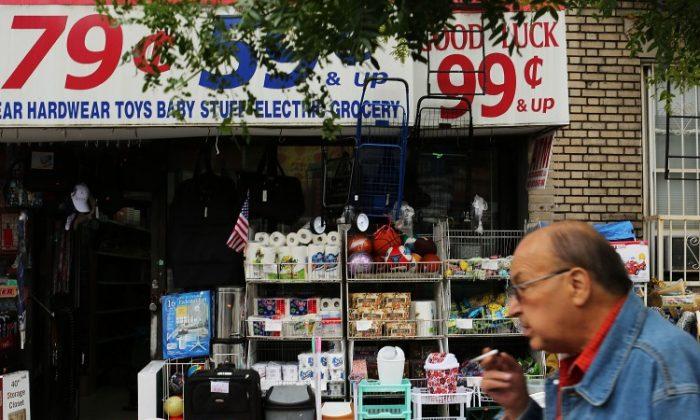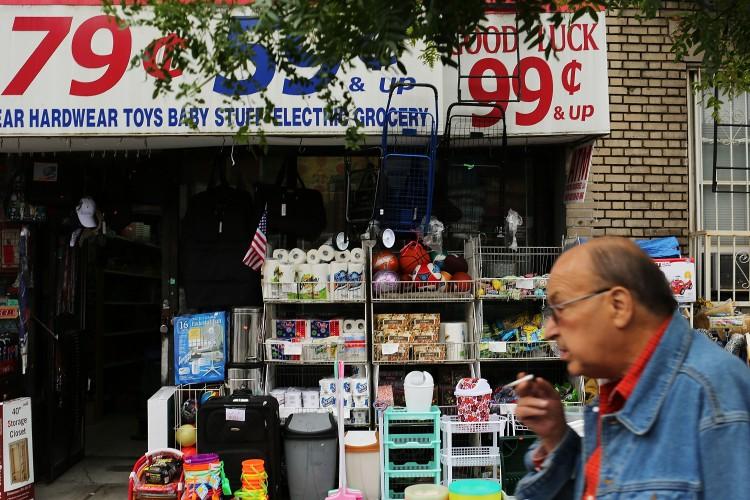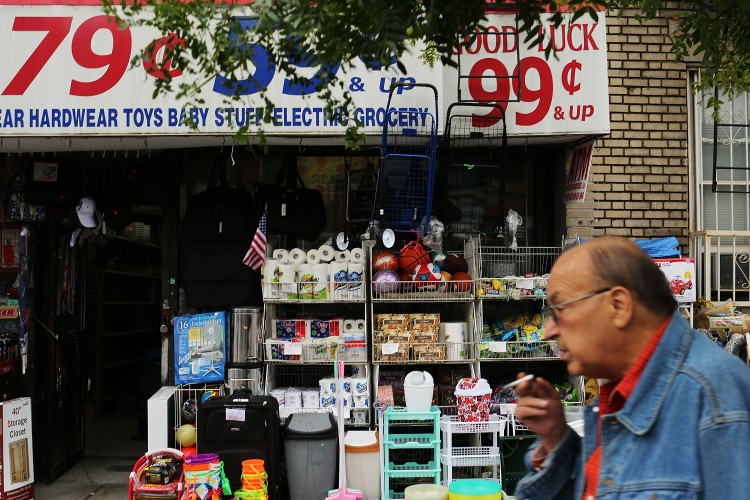The world’s industrialized nations, including America, are on the verge of losing their middle class, the people whose work ethics are the driving force that allows the world’s economies to remain prosperous.
“The American middle class is in trouble. Incomes are stagnant or falling, while the costs of life’s necessities continue to rise, and the risks of falling behind grow. … A strong middle class is essential for a vibrant democracy and a healthy economy—and for our conception of what America is all about,” suggests an August report on the Center for American Progress website.
Young Americans no longer have the same opportunities as their forefathers. Prospects to move up have become scarce and remaining or moving into the middle class is becoming more and more difficult, affecting this country’s economic progress.
“It is becoming harder for Americans to join the middle class. … The likelihood that a child born poor will rise into the middle class has declined significantly over recent decades,” according to the Center for American Progress report.
The U.S. middle class shrank by 10 percent between 1971 and 2011, that is, from 61 percent to 51 percent, according to the Pew Research Center report “The Lost Decade of the Middle Class,” published on Aug. 22. When compared to countries such as India where the middle class is growing steadily, the U.S. middle class is not only decreasing in number, but their economic wherewithal is going south.
“A strong middle class is a prerequisite for robust entrepreneurship and innovation—
a source of trust that makes business transactions more efficient. … A strong middle class also promotes efficient delivery of government services … and forward-looking public investments in education and infrastructure,” according to the Center for American Progress report.
Not all from the U.S. middle class have fallen to a lower income level, as some have joined the higher income ranks. The higher income levels increased by 6 percent between 1971 and 2011 (from 14 percent to 20 percent), while the lower income levels increased by 4 percent, from 25 percent to 29 percent, according to the Pew report.
“The hollowing of the middle has been accompanied by a dispersion of the population into the economic tiers both above and below,” the Pew report suggests.
Economic growth has stagnated. Lowered income levels affect the purchasing power of the individual, and investment and market experts are suggesting that market forces are no longer working efficiently and effectively.
“It seems that the symptoms are being treated, but the root issues stay the same. Declining middle class, high unemployment and decreasing net worth—I can’t see any of this changing anytime soon; hence why I’m so skeptical of any economic recovery,” investment adviser Michael Lombardi said in an Aug. 27 article on the Profit Confidential website.
Middle Class Hit by Unemployment
America’s significant unemployment numbers are one of the main drivers of the U.S. middle class’s demise. Historical unemployment rates show an all-time low of 2.9 percent in 1953, swinging up and down over the years.
In the new century, the lowest rate of 4.6 percent was recorded in 2006 and 2007, after which the U.S. unemployment took a drastic turn, reaching 5.8 percent in 2008, jumping to 9.3 percent in 2009, and 9.6 percent in 2010. In 2011, the unemployment rates took a breather and decreased to 8.9 percent.
The damage has been done to the middle class and its recovery is in question, despite the fact that the unemployment rate is improving (8.3 percent at the end of July), according to statistics from the Bureau of Labor Statistics.
“The current path is not one that is positive for the middle class. A high underemployment rate is showing that structurally, something is significantly changing in our economy. A low-wage system of work is developing and stripping many Americans of the opportunity to a middle class lifestyle,” according to a recent article on the My Budget 360 website.
Playing the Blame Game
“Congress led the list. … There is no significant partisan difference in views toward Congress: 58% of Republicans and 63% of Democrats agree that the nation’s lawmakers bear ‘a lot’ of the blame for the economic troubles of the middle class over the past 10 years,” the Pew report states.
The two latest administrations were held accountable too, with 44 percent of those surveyed blaming the Bush administration and 34 percent blaming the Obama administration.
The blame game didn’t stop with Congress as 54 percent accused the financial sector, 47 percent blamed large corporations, and 39 percent put it on foreign competition.
The majority of middle-class people, 47 percent, will not accept any blame for the deterioration of their middle class status and are certain that they did not have a hand in the economic woes of the past few years. According to the Pew report, less than one-tenth of those respondents who described themselves as middle class blamed the middle class itself.
“The Great Recession, a housing market collapse, an unemployment surge and an anemic recovery have squeezed the middle class,” according to the Pew report.
New York Sen. Charles E. Schumer blames the 2008 market collapse for the economic crisis of the middle class. “The housing market collapsed, leading to a wave of foreclosures, evictions and vacant properties. … Middle class homeowners saw the value of their most valuable possession plummet,” according to Schumer’s website.
Caught by Rising Costs and Stagnant Incomes
The report by the Center for American Progress takes note of “the financial squeeze Americans face because they are caught in a vice between stagnant incomes and weak job prospects on one hand and rising costs and growing risks of paying for middle class basics [on the other].”
Middle-class income has been steadily declining since the late 1960s, from 52 percent of the total U.S. income to a little over 46 percent by 2008.
The Pew report indicates that the median middle-class income was at $91,056 in 1983, peaked at $152,950 by 2007, and declined to $93,150 by 2010.
“For the middle-income group, the ‘lost decade’ of the 2000s has been even worse for wealth loss than for income loss. The median income of the middle-income tier fell 5%, but median wealth (assets minus debt) declined by 28%, to $93,150,” according to the Pew report.
While middle-class income has been on a downward trend, all types of costs, including those for recreational activities, as well those that are needed for daily survival, have risen.
For example, the inflation-adjusted average price for a gallon of gasoline was $1.47 in 1970, $1.70 in 2000, and $3.01 in 2008. By Aug. 27, the price had reached $3.74 per gallon.
“At the same time that incomes have stagnated, costs and risks for middle-class
families have increased dramatically,” according to the Center for American Progress report.
The Epoch Times publishes in 35 countries and in 19 languages. Subscribe to our e-newsletter.







Friends Read Free